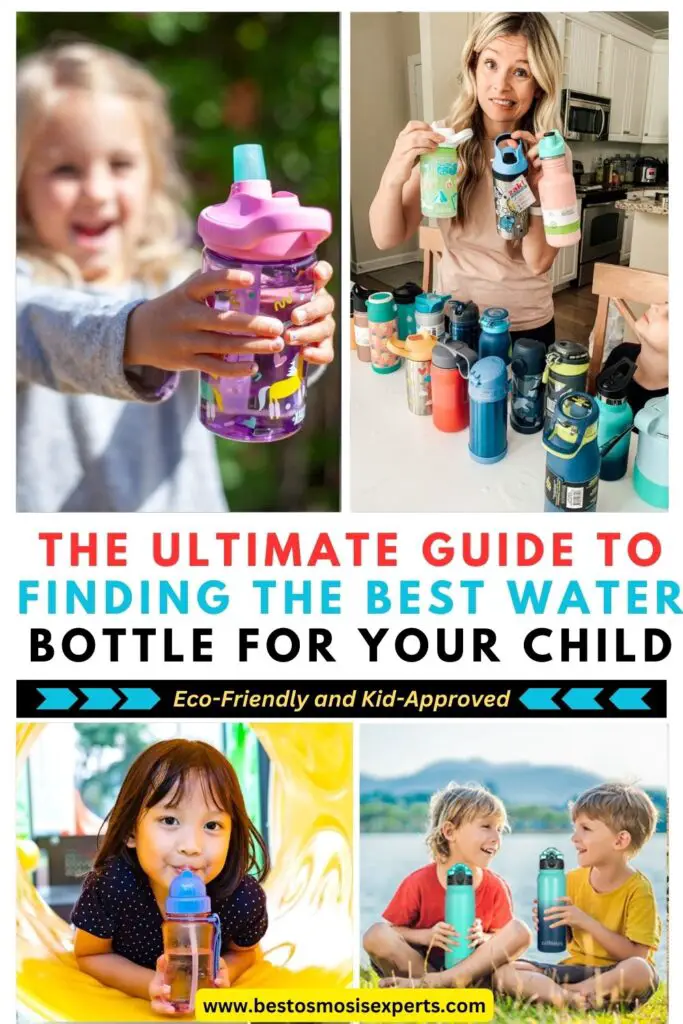Bottle water for kids is not just about hydration; it’s about ensuring they stay healthy and happy throughout their day. Choosing the right water bottle for your child involves more than just picking a cute design. Safety, durability, and ease of use are crucial factors to consider.
From spill-proof lids to BPA-free materials, the options can seem overwhelming. In this guide, we’ll walk you through everything you need to know to make an informed decision. Whether your little one is heading to school, sports practice, or a family outing, the perfect water bottle can make all the difference.
Read on to discover the best options available and ensure your child stays hydrated and smiling wherever they go!
The Different Types of Water Bottles for Kids
When it comes to choosing a water bottle for your child, there are a few different factors to consider. First, you need to decide what type of material you want the bottle to be made of. There are two main types of water bottles: stainless steel and plastic.
Stainless steel water bottles
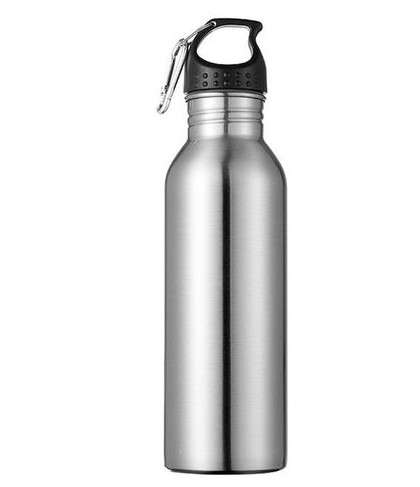
Stainless steel water bottles are durable and long-lasting, making them a good choice for kids who are rough on their belongings. They are also BPA-free, which means they are safe for your child to use. However, stainless steel water bottles can be heavier than plastic water bottles, and they can also be more expensive.
Plastic water bottles
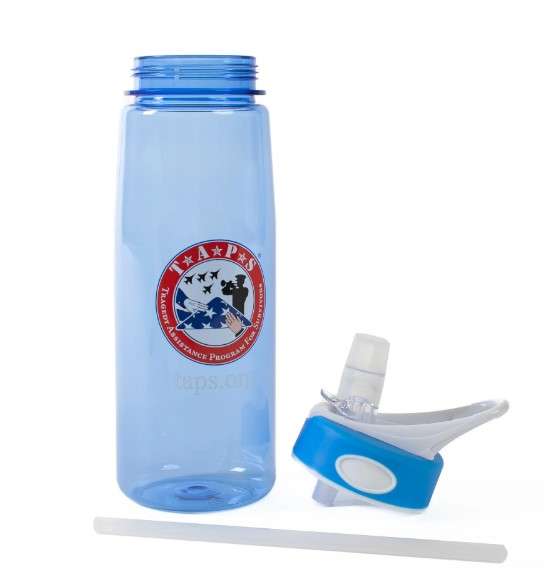
Plastic water bottles are lightweight and affordable, making them a good choice for kids who are on the go. They are also available in a variety of colors and designs, which can make them more appealing to kids.
However, plastic water bottles are not as durable as stainless steel water bottles, and they can leach chemicals into the water if they are not made from BPA-free plastic.
BPA-free water bottles
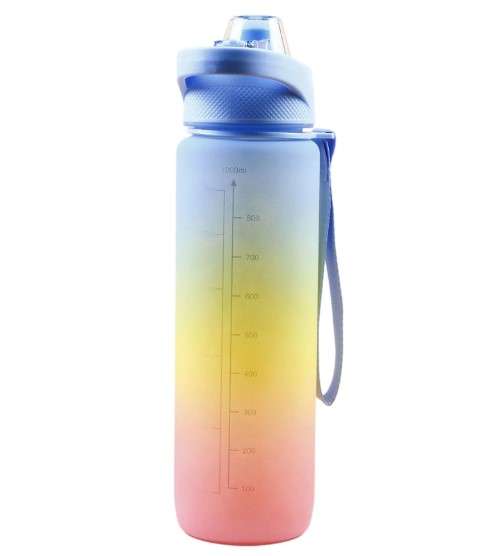
BPA is a chemical that is used to make some plastics. It has been linked to health problems, such as cancer and reproductive problems. For this reason, it is important to choose a water bottle that is BPA-free. All of the water bottles in our guide are BPA-free.
Reusable water bottles
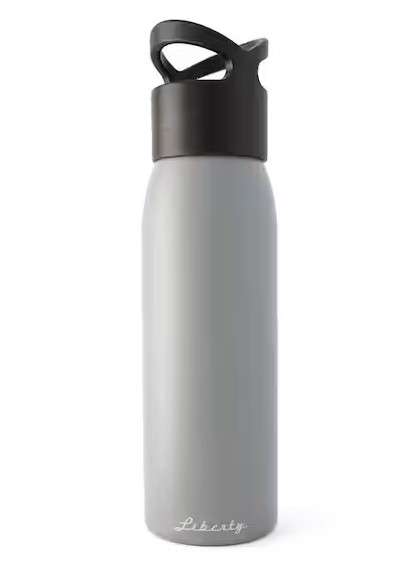
Reusable water bottles are better for the environment than single-use water bottles. Single-use water bottles are made from plastic, which is a non-renewable resource.
They also end up in landfills, where they can take hundreds of years to decompose. Reusable water bottles can be used over and over again, which helps to reduce waste.
Single-use water bottles
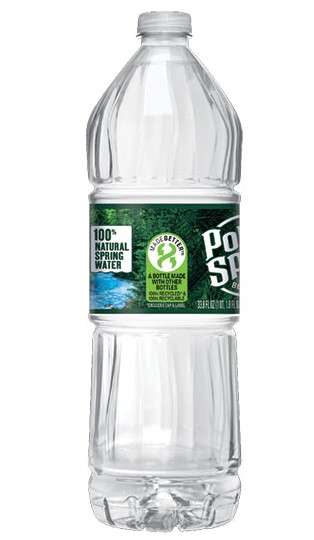
Single-use water bottles are convenient, but they are not the best choice for the environment. They are made from plastic, which is a non-renewable resource. They also end up in landfills, where they can take hundreds of years to decompose.
Benefits of Drinking Water for Kids
Water is essential for life. It makes up over 60% of our body weight and is involved in many important bodily functions, such as regulating body temperature, transporting nutrients and oxygen to cells, and removing waste products.
For kids, drinking enough water is especially important. They are more active than adults and their bodies are still growing and developing. Water helps kids stay hydrated and perform better in school. It can also help prevent them from getting sick.
How Much Water Should Kids Drink Per Day?
The amount of water that kids need to drink each day varies depending on their age, activity level, and climate. The general rule of thumb is that kids should drink about 8 cups of water per day. However, some kids may need more or less water, depending on their individual needs.
Here are some tips for helping your child stay hydrated:
- Offer your child water throughout the day, even if they don’t seem thirsty.
- Keep a water bottle handy so your child can easily access water when they need it.
- Encourage your child to drink water instead of sugary drinks like soda and juice.
- Make water fun by adding flavor to it with fruit slices or cucumber slices.
Tips to Choose the Best Water Bottle for Kids
Considerations for Material and Safety:
The first and foremost consideration when selecting a water bottle for kids is the material used in its construction. Opt for bottles made from non-toxic materials, and look for those labeled as BPA-free and phthalate-free to eliminate exposure to harmful chemicals.
Food-grade stainless steel bottles are an excellent option for their durability and safety. Alternatively, certain safe plastics like Tritan or Polypropylene can also be suitable for younger children.
Capacity and Size:
The ideal capacity of a water bottle for kids depends on their age and daily hydration needs. Strike a balance between size and portability, ensuring the bottle holds enough water to keep them hydrated without being too heavy for them to carry.
For younger children, mini water bottles are more manageable, while older and more active kids might require larger options.
Spout or Straw: Finding the Best Drinking Mechanism:
The drinking mechanism plays a vital role in how comfortable and convenient a water bottle is for children to use. Spout lids are easy to open and close, but they might require tipping the bottle to drink.
On the other hand, straw lids allow easy sipping without tipping, making them a favorite among kids. Consider flip-top vs. push-button spouts based on your child’s preferences and age group.
Recommended Article:- 5 Water Bottle for School Backpack
Leak-Proof and Spill-Proof Features:
Accidental spills and leaks can be a significant concern, especially when the water bottle will be carried in backpacks or lunchboxes.
Opt for bottles with leak-proof designs, and look for vacuum-sealed or double-walled options for enhanced insulation and spill prevention. Ensuring a tight-fitting, spill-proof lid will save you from unnecessary messes.
Insulation for Temperature Retention:
Kids love their beverages at just the right temperature. Insulated water bottles are the answer to keeping drinks cold or hot for extended periods. Consider the double-wall insulation for the best temperature retention. However, single-wall options might suffice if your child prefers room-temperature beverages.
Easy to Clean and Maintain:
Let’s face it, kids can be messy. Choosing a water bottle that is easy to clean will make your life much simpler. Opt for dishwasher-safe bottles or ones with simple, smooth designs that can be hand-washed effortlessly.
Detachable components like lids and straws also facilitate thorough cleaning and prevent the build-up of mold and bacteria.
Design and Visual Appeal:
Kids are more likely to use a water bottle that they find visually appealing. Look for bottles with attractive designs and consider personalization options. Many bottles come with favorite characters or themes that can spark interest in drinking water.
Durability and Longevity:
Children can be quite rough with their belongings, so investing in a durable water bottle is essential. Consider impact-resistant options, especially if your child is active or participates in sports. A sturdy water bottle can withstand drops and bumps, ensuring a longer lifespan.
Eco-Friendly Options:
Teaching kids about sustainability is vital for their future and the planet. Choose reusable and recyclable materials, and avoid single-use plastics. By opting for eco-friendly water bottles, you’re not only promoting environmental responsibility but also setting a positive example for your children.
Cost-Effectiveness and Budget Considerations:
Setting a budget for a kids’ water bottle is reasonable, but remember to balance cost with quality. Cheaper options might seem appealing, but investing in a higher-quality, longer-lasting bottle will save you money in the long run.
Brand Reputation and Reviews:
When choosing a water bottle for your child, consider the reputation of the brand. Research trusted brands known for producing reliable and safe products. Customer reviews and testimonials can provide valuable insights into the product’s performance and durability.
Additional Features and Extras:
Some water bottles come with extra features that might cater to your child’s preferences. Built-in fruit infusers can add a splash of flavor to the water, encouraging kids to drink more. Handles and straps make carrying the bottle more comfortable, while integrated filters ensure access to clean water on the go.
Age-Appropriate Water Bottle Selection:
Different age groups have varying needs when it comes to water bottles. For toddlers transitioning from sippy cups, spill-proof spouts might be a suitable choice. Preschoolers and young children often prefer straws for easy sipping, while sports bottles with one-handed operation suit active tweens and teenagers.
Checking for Product Certifications:
Ensure the water bottle you choose meets safety and quality standards. Look for certifications such as FDA-approved and CPSIA compliant, indicating that the product has undergone rigorous testing for safety and compliance.
Customizing for Personal Needs:
Each child is unique, and their water bottle should suit their individual preferences and needs. Consider any specific requirements or health concerns your child might have and choose accordingly. If needed, consult healthcare professionals for guidance on the best type of water bottle.
Conclusion:
Choosing the best water bottle for your child is an act of caring that can have a significant impact on their health and hydration habits. By considering factors such as material safety, capacity, design, and eco-friendliness, you can find the perfect water bottle that meets your child’s needs and reflects their unique personality.
With a well-informed decision, you empower your child to stay hydrated, active, and healthy, nurturing a lifetime of good habits.
Related Posts:-
How to Clean and Maintain a Reusable Water Bottle
Are Stainless Steel Water Bottles Safer than Plastic
What features should I look for in a water bottle for school use?
Water bottle for school going kids, consider a leak-proof and spill-resistant bottle with a secure lid to prevent accidents in backpacks. Choose a size that fits comfortably in your child’s school bag and ensure it’s lightweight for easy carrying.
An insulated bottle will keep water cool throughout the school day, and a durable material like stainless steel can withstand rough handling.
What are the safest materials for kids’ water bottles?
When it comes to selecting water bottles for children, safety is paramount. Opting for materials that are both durable and non-toxic ensures peace of mind for parents and guardians alike. Among the safest materials for kids’ water bottles are stainless steel, Tritan plastic, and silicone.
Stainless steel bottles are renowned for their durability and resistance to corrosion, making them ideal for active children who may be prone to dropping or mishandling their bottles. Additionally, stainless steel is free from harmful chemicals such as BPA, ensuring that the water remains pure and uncontaminated.
Tritan plastic is another popular choice, prized for its shatterproof nature and lightweight design. This material is also free from BPA, BPS, and other potentially harmful substances, providing a worry-free hydration solution for children on the go.
Silicone water bottles offer a soft and squeezable alternative, perfect for younger children who may struggle with more rigid bottles. Silicone is naturally free from BPA and other harmful chemicals, and its flexibility makes it easy to clean and maintain.
By opting for water bottles made from these safe materials, parents can rest assured that their children are staying hydrated without compromising their health or safety.
What types of lids are best for young children?
When it comes to choosing the perfect lids for young children, safety and functionality are paramount. Opting for lids that offer secure closure mechanisms ensures that spills and messes are kept at bay, minimizing potential accidents and frustrations for both parents and children alike.
Look for lids that feature easy-to-use designs, such as snap-on or twist-top closures, which empower children to independently access their drinks or snacks while preventing spills. Additionally, consider materials that are durable yet lightweight, making it effortless for little hands to manage.
Furthermore, prioritize lids that are easy to clean and maintain, as hygiene is crucial, especially for items that come into direct contact with food and beverages. Selecting lids that are dishwasher-safe or have smooth, seamless surfaces facilitates hassle-free cleaning, saving time and effort for busy caregivers.
Moreover, versatility is key. Opt for lids that are compatible with a variety of containers, allowing for seamless integration into your existing kitchenware collection. This ensures convenience and flexibility in usage, whether at home, on-the-go, or during outings with the family.
Ultimately, the best lids for young children strike a balance between safety, functionality, and ease of use, providing peace of mind for parents while empowering children to independently enjoy their meals and snacks.
How can I ensure my child’s water bottle is free from harmful chemicals like BPA?
To guarantee your child’s water bottle is devoid of detrimental chemicals like BPA, adopt a vigilant approach towards selection. Begin by opting for bottles specifically labeled “BPA-free,” ensuring they’re crafted from materials like stainless steel, glass, or BPA-free plastics such as Tritan. Scrutinize product descriptions and materials meticulously before purchase to ascertain their safety standards.
Another avenue is to explore eco-conscious brands renowned for their commitment to toxin-free products. These companies often prioritize sustainability and health, utilizing materials free from harmful chemicals.
Additionally, consider consulting credible sources such as consumer advocacy groups or environmental organizations for recommendations on safe water bottle options.
Regular maintenance is imperative to uphold safety standards. Routinely inspect the bottle for signs of wear or deterioration, as degraded materials may release harmful substances into the contents. Adhere strictly to cleaning instructions provided by the manufacturer to prevent chemical leaching.
By exercising diligence in selection, opting for reputable brands, and maintaining proper care, you can ensure your child’s water bottle remains a safe and reliable hydration companion, free from hazardous chemicals like BPA.
Are there insulated water bottles that keep drinks cold for longer periods?
Indeed, within the realm of hydration innovations, a plethora of insulated water bottles grace the market, promising extended coldness retention for your beverages.
These marvels of design integrate advanced insulation technologies, such as double-walled stainless steel or vacuum insulation, to create a thermal barrier that deftly resists external temperatures. By leveraging these mechanisms, insulated water bottles excel at maintaining the chill factor of your drinks for notably prolonged durations.
Crafted with precision, these bottles offer a fusion of functionality and style, catering to diverse preferences and needs. Whether you’re embarking on an outdoor adventure, sweating it out at the gym, or simply navigating a hectic day, these bottles stand as stalwart companions, ensuring your beverages remain refreshingly cold throughout.
Furthermore, the market hosts a spectrum of options, from compact and portable designs to larger vessels capable of accommodating generous liquid volumes. With features like leak-proof seals and durable construction, these bottles not only preserve the temperature of your drinks but also provide convenience and reliability in equal measure.
In essence, the answer to your inquiry lies in the affirmative, as the realm of insulated water bottles presents a cornucopia of choices engineered to uphold the icy integrity of your drinks for extended periods, seamlessly blending functionality, durability, and aesthetic appeal.
How do I teach my child to properly use and care for their water bottle?
To impart effective water bottle management skills to your child, start by setting a positive example yourself. Children often mimic their parents’ behaviors, so demonstrate responsible water bottle habits consistently.
Next, engage your child in selecting a water bottle that suits their preferences and needs, whether it’s a durable stainless steel option or a lightweight plastic design. Encourage them to take ownership of their bottle by personalizing it with stickers or their name.
Educate your child on the importance of proper hydration and the role of their water bottle in maintaining their health. Teach them how to fill their bottle with clean water and to avoid sugary drinks. Emphasize the significance of regular cleaning to prevent bacteria buildup, showing them how to wash their bottle with warm, soapy water and rinse it thoroughly.
Implement a routine where your child checks their bottle for leaks or damages and informs you if any repairs or replacements are needed. Finally, praise and reinforce their efforts in using and caring for their water bottle, cultivating a sense of responsibility and independence in them.
By instilling these practices early on, you equip your child with essential life skills while promoting their well-being.
